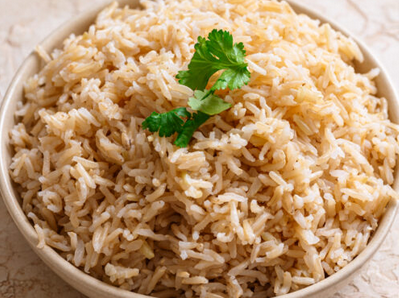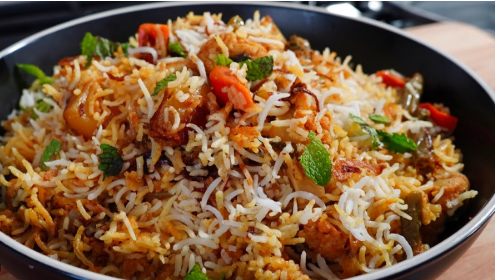Introduction
Understanding how to cook frozen lasagna efficiently and to perfection is essential for maximizing flavor, nutritional value, and overall satisfaction. In this guide, we explore a precise method for cooking frozen lasagna using an air fryer oven—an innovative appliance that enhances cooking speed and texture. This process also includes ingredient modification strategies and layer optimization, making it ideal for home chefs interested in both convenience and culinary quality.
The focus keyword, how to cook frozen lasagna, is central to this guide and used throughout, accompanied by synonyms such as “frozen lasagna preparation,” “air fryer lasagna,” and “baking pre-prepared lasagna.”

Step 1: Ingredient Preparation
1.1. Aromatic Base
To begin the process of how to cook frozen lasagna effectively, start with preparing the aromatics:
- 1 medium-sized onion (peeled, roughly chopped)
- 1 large red bell pepper (washed, diced)
- 1 cup mushrooms (finely chopped for texture consistency)
This base enhances umami depth and balances the richness of the final dish.
1.2. Protein Selection
Use minced lamb (approximately 500g) for a rich, savory layer. Alternatively, beef or turkey mince may be used depending on dietary preference.
- Sauté onion in olive oil spray on medium heat for 5 minutes.
- Introduce the lamb mince and continue frying until fully browned.
1.3. Vegetable Integration
Add chopped mushrooms and red pepper to the browned meat and cook for an additional 5–6 minutes to soften vegetables.
Read also-How to Make a Chocolate Milkshake: A Precision-Based Guide to Thickshake Mastery
Step 2: Spice and Flavor Development
Effective spice incorporation transforms basic lasagna into a gourmet dish. The following ingredients should be added:
- Salt (to taste)
- Dried coriander
- Chili flakes (optional heat)
- Ground black pepper
- Oregano and mixed herbs
- Paprika
- Keema masala (optional for South Asian influence)
Mix thoroughly and add a splash of water to prevent sticking during high-heat sautéing. Let the mixture simmer for 5 minutes for flavor infusion.
Step 3: Sauce Incorporation
Pour in 1 full can of passata (or equivalent tomato purée). Add water to rinse the can and incorporate all tomato content. Stir the mixture thoroughly and reduce heat to low, allowing it to simmer for approximately 30 minutes. For those interested in how to cook frozen lasagna with less sauce, ensure this mixture remains thick and cohesive rather than overly liquid.

Step 4: Assembly
4.1. Baking Dish Selection
Utilize a square tin compatible with your air fryer oven. This ensures optimal airflow and even heat distribution.
4.2. Layering Strategy
The following technique redefines how to cook frozen lasagna with enhanced texture:
- Begin with a thin layer of meat sauce to prevent pasta adhesion.
- Place uncooked lasagna sheets directly onto the sauce.
- Add soft cheese (cream cheese or ricotta) in dollops, spread evenly using a brush.
- Repeat the process until the pan is filled.
4.3. Final Layer
Top the lasagna with a generous amount of grated mozzarella and a sprinkling of oregano. Cover the dish tightly with foil.
Step 5: Cooking in an Air Fryer Oven
Place the dish on the middle rack of your air fryer oven. Set the temperature to 200°C and cook for 30 minutes. This setting allows the lasagna sheets to cook thoroughly while retaining moisture.
Once 30 minutes have passed:
- Remove the foil.
- Switch the setting to “Pizza Mode” or set the temperature to 230°C for 7 minutes.
- This step is essential to crisp and brown the cheese topping.
Step 6: Cooling and Serving
Allow the lasagna to cool for 10 minutes before slicing. This rest period enhances structural integrity and makes serving easier. Divide into four equal portions. Each serving delivers a balanced ratio of pasta, meat, and cheese.
Final Notes
This air fryer approach redefines how to cook frozen lasagna by eliminating the need for white sauce, instead substituting soft cheese for a healthier and more flavorful alternative. The process optimizes cooking time, consistency, and flavor. Whether using a conventional oven or standard air fryer, the method remains highly adaptable.

